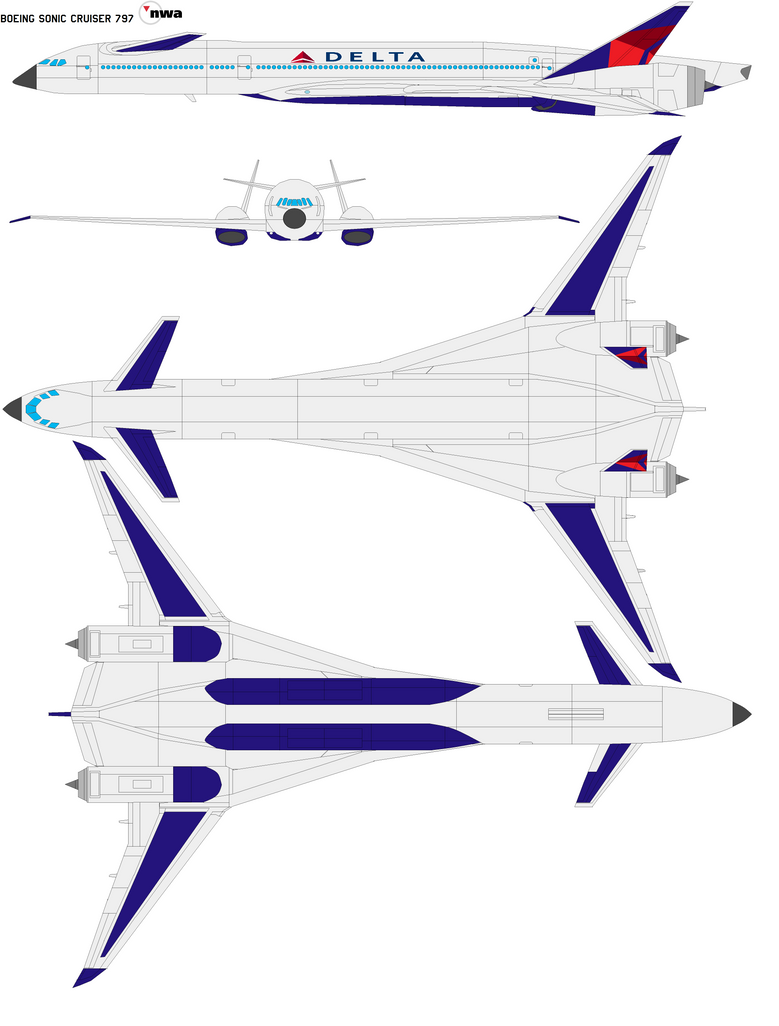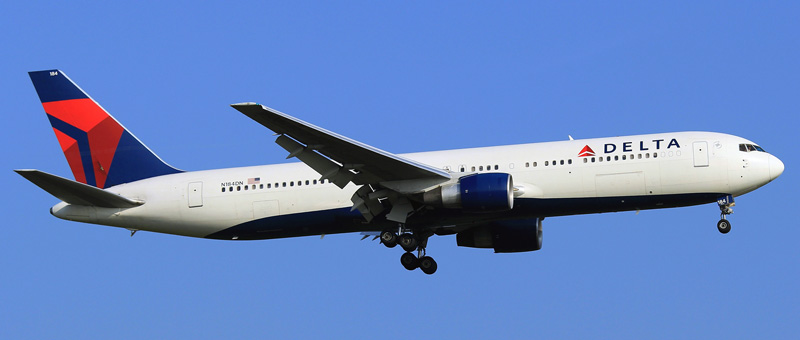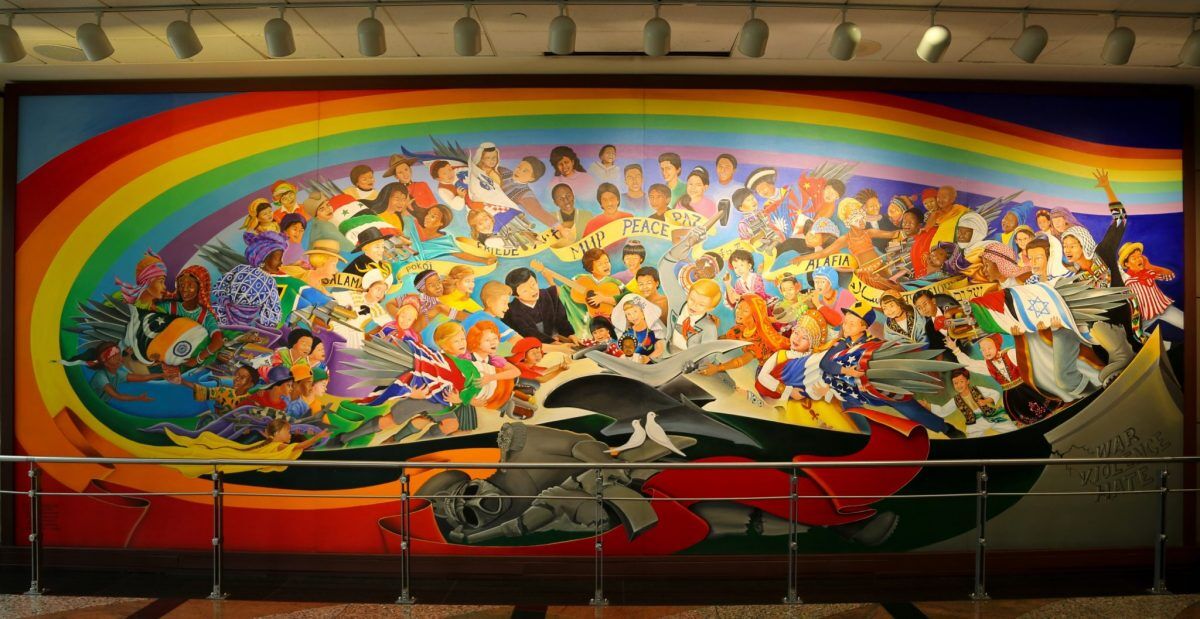A "Winging It" view takes an early announcement period approach landing at Farnborough during July 2018 and here is why.
- What has been taking so long with a new program has been accomplished without publication of the progress.
- Engine makers were long ago given the Boeing gauntlet for a 45,000 lb thrust engine.
- Boeing has everything ready including its launch customers which Delta has just signaled its still onboard with the final prototype configuration.
What would be a show stopper for Delta's want is the offering price the Boeing 797 may require something too pricey. Boeing would sell the 797 to its launch customers at a sizable discount. Boeing would hope it could reduce production costs by the time its launch customers would reorder another tranche of 797's 5-10 years later.
Does Boeing have its start-up costs controlled? Boeing is shooting for a $60-70 million dollar 797 for its customers which may be reasoned out to a $120 million dollar list price per unit. Delta may have told Boeing that if it can cut a price for $60 million each they will launch with a hundred units, but Boeing must announce it first before it will buy.
Delta and Boeing will be doing that backroom dance at Farnborough. Look for Boeing establishing a $15 Billion dollar 797 program deferred cost pit in order to make orders appear at the launch. Boeing would hope to build and deliver by 2025, a $50 million production cost copy which it will sell for a $70 million @ a "deal price" while listing it at $120 million for those who care about such things.
The idea here is that numbers float around the room full of principal players until someone rings a bell on a sweet price. The "787 deferred cost pit" will only have a few billion remaining before the 797 gets into full swing. Its currently approaching the $20 billion level coming down from about $30 billion and that deferred costs reduction slope is steepening each month. By 2025, the deferred cost moniker rolls over to the 797 program.
The 2018 797 launch announcement doesn't have to wait on engine programs to catch-up, it just has to know an engine will be ready by 2024. Boeing at least has one engine maker ready for its engine plan and timetable. Boeing would like another engine proposal as it has also recently called out those who were given a deadline for its engines proposals due last week. Coincidently, it is in time for Farnborough 2018.
Boeing would like to avoid giving Paris 2019 the venue for the announcement since it is home ground for the Airbus effort. This would eliminate a 2019 797 debut. The 2020 crowd expecting a later Farnborough launch are too late in its thinking. Boeing is in a hurry at this time and going early won't affect its, "in already-in-development 797 programs" at all.
Why say Boeing needs another two years of lead-time when it already has consumed program time on new technology from its other programs? It has already lined up launch customers and it already has the production space. It's ready! 2020 is too late, 2019 is too Airbus, and 2018 is Goldilocks in the Boeing house.











